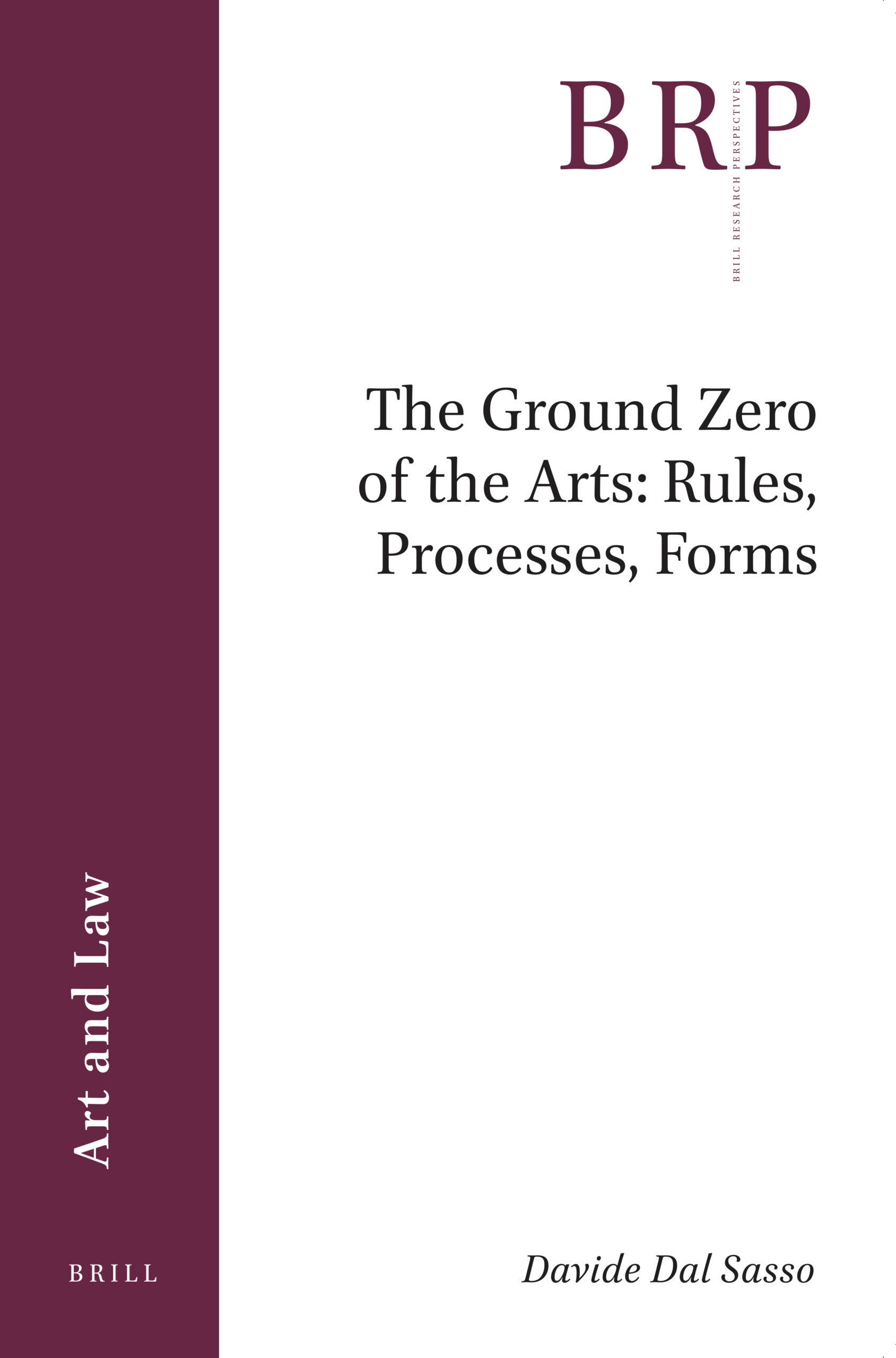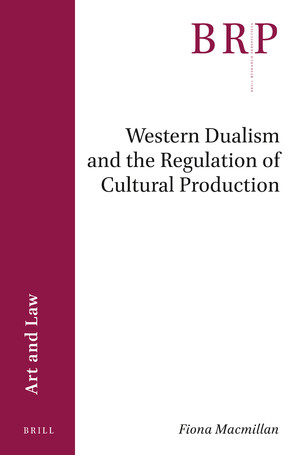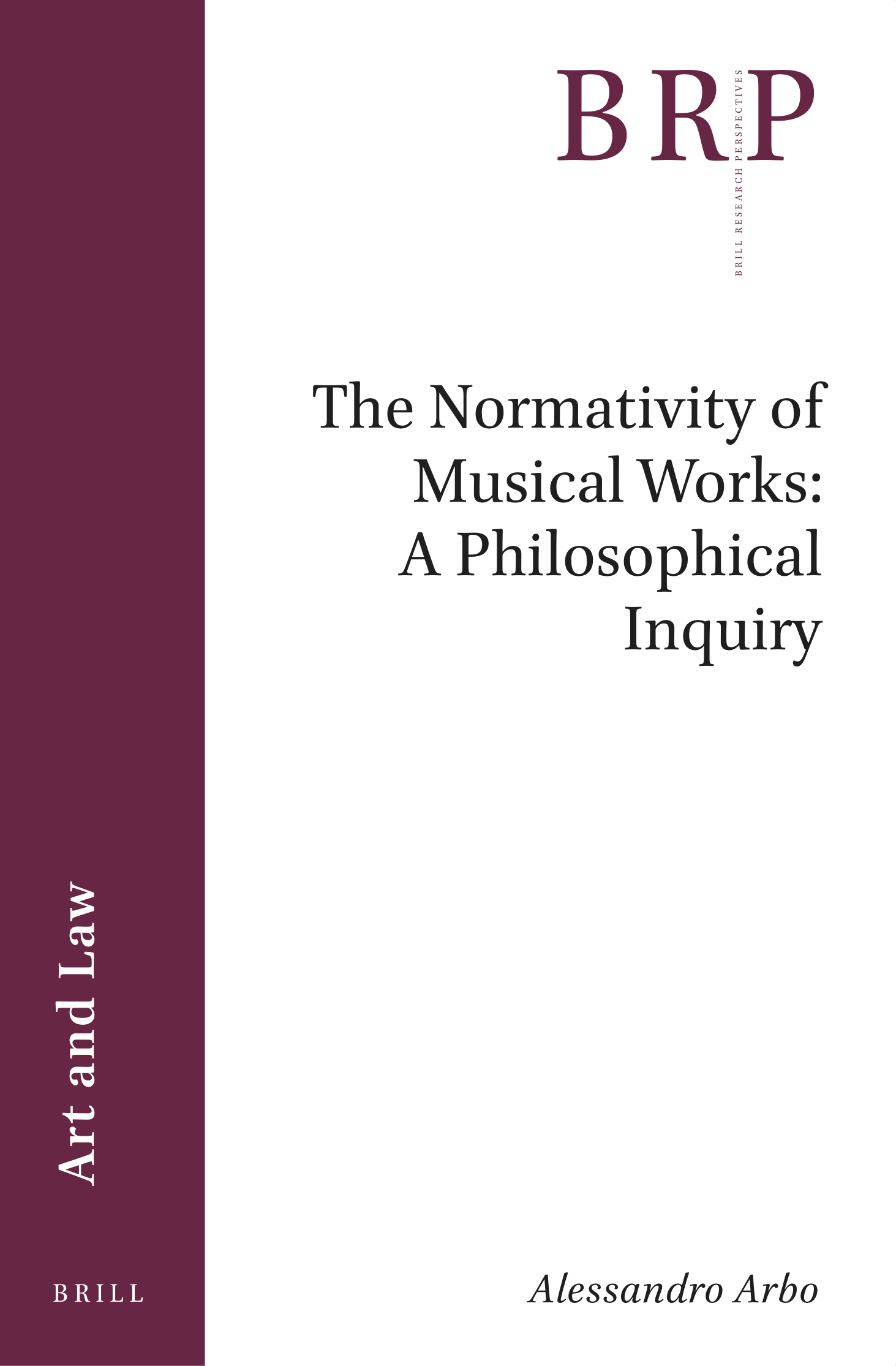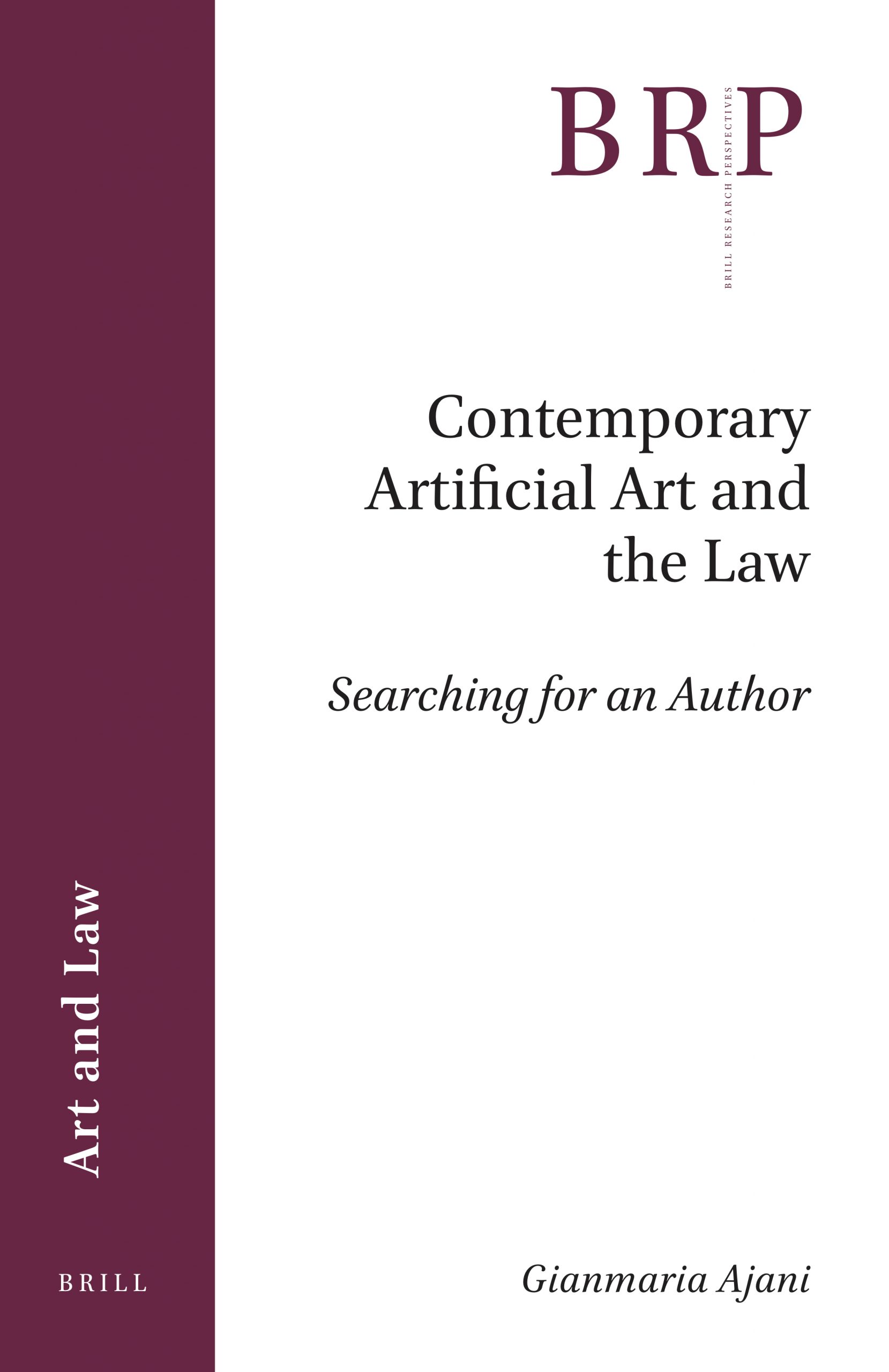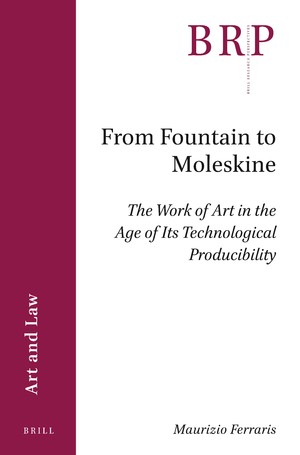Brill Research Perspectives in Art and Law
The A&L Journal. On behalf of the University of Turin and of the Käte Hamburger Kolleg „Recht als Kultur“, the interdisciplinary journal Brill Research Perspectives in Art and Law aims to gather outstanding contributions to the fascinating debate at the intersection of art and law. The focus of the journal involves all the aspects (philosophical, juridical, sociological, technological and cultural) characterizing the relationship between law and art as well as the questions common to the two fields (e.g. normativity).
There is an ancient relationship between law and art which involves at least three different sets of questions: [1] how does law bears upon art? [2] what do law and art share? and [3] how does art bears upon law?
The first set of questions (how does law bears upon art?) concerns all those technical aspects in which the law is involved in order to ensure the protection that works of art need and that the art world requires.
The second set of questions (what do law and art share?) has a deeply theoretical character and requires an interdisciplinary approach. The research topics will include, amongst others, the role of normativity in art and law, the paradigmatic function of masterpieces in art and of exemplary judgments in law, the structure of narrative in some arts (for example literature, music, sculpture), the concept of “genre” for the classification of objects and the normativity that it entails, as well as the function of some juridical concepts (i.e. property and contract) within artistic creation etc.
Finally, the third set of questions (how does art bears upon law?) will explore the ways in which art and artistic practices affect the law, for example, how style and rhetoric have an influence upon the juridical discourse, which is the role of creativity and of imagination and culture in the construction of normative orders and in the evaluation of the regulative identity of a society.
The Chief Editors: Prof. Gianmaria Ajani, Prof. Tiziana Andina, Prof. Werner Gephart.
Associate Editors: Dr. Angela Condello, Dr.Enrico Terrone.
The editorial Project. Brill Research Perspectives builds on existing product types familiar to librarians and end-users (researchers and students) — it combines the peer-review of journals, the high usage of reference works, and the pedagogy of textbooks. In addition, the business model is based on the tried and true format of a serial publication with both subscription and site-license sales models. Brill Research Perspectives follows the successful formula of NOW’s Foundations and Trends™ which was the first product that combined the verification of the peer-review process and the synthesis of information found in reference works delivered on a real time basis.
Publication Scheme. Each issue will be intended as a monographic volume devoted to a specific topic. The journal welcomes submissions in any domain of art and law. Published articles have to undergo editorial and blind peer review. Considering the highly interdisciplinary character of the journal, the editorial board is composed of leading experts in different fields of the humanities.
- Editors
The Editors-in-Chief: Prof. Gianmaria Ajani (University of Turin), Prof. Tiziana Andina (University of Turin), Prof. Werner Gephart (University of Bonn).
The Editors-in- Chief are ultimately be responsible for the editorial content and direction of the journal. Responsibilities include:
• Determine the structure of the journal including the definition of the scope and selection of Associate Editors;
• Identify survey topics and invite authors in conjunction with the Associate Editors and the Publisher; oversee the review process to maintain quality and consistency across the entire enterprise
• Final approval of accepted manuscript.
Associate Editors: Dr. Angela Condello (University of Roma Tre), Dr. Enrico Terrone (Collége d’Etudes Mondiale).
The Associate Editors are responsible for managing each distinct subject area under the auspices of the Editors-in-Chief. This include:
• Final definition of the area;
• Identification and invitation of authors in cooperation with the Editor-in-Chief and Publisher
• Co-management of the review process to ensure that quality within the track is maintained;
• Review article proposal/read final article and recommend acceptance.
- Editorial Board
Considering the highly interdisciplinary character of the journal, the editorial board is composed of leading experts in different fields of the humanities.
Prof. Emanuele Conte (University of Roma Tre)
Prof. David Davies (McGill University)
Prof. Alessandra Donati (University of Milano Bicocca)
Prof. Thomas Dreier (Karlsruhe Institute for Technology (KIT), University of Freiburg)
Prof. Maurizio Ferraris (University of Turin)
Prof. Pierpaolo Forte (President of Museo Madre, Naples and University of Sannio)
Prof. Peter Goodrich (Cardozo School of Law)
Prof. Desmond Manderson (Australian National University)
Prof. Greta Olson (Justus-Liebig-Universität Giessen)
Dr. Sabine N. Meyer (University of Osnabrueck)
Dr. Stewart Motha (Birkbeck Law School, London)
Prof. Andreas Philippopoulos-Mihalopoulos (Westminster School of Law, London)
Prof. Eva Schürman (Otto-von-Guericke-Universität Magdeburg)
Prof. Peter Schneck (University of Osnabrueck)
Prof. Reinold Schmücker (University of Münster)
Prof. John Searle (University of California, Berkeley)
Prof Alberto Voltolini (University of Turin).


